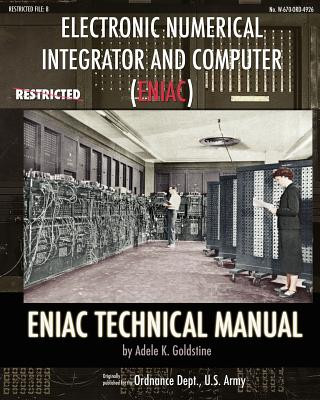
Kód: 08886383
Electronic Numerical Integrator and Computer (ENIAC) ENIAC Technical Manual
Autor Adele K Goldstine
Created in 1946 as part of a 1,000 page Report on the Electronic Numerical Integrator and Computer (ENIAC), this ENIAC Technical Manual provides a fascinating glimpse into the technology behind the world's first electronic, genera ... celý popis
- Jazyk:
 Angličtina
Angličtina - Vazba: Brožovaná
- Počet stran: 472
Nakladatelství: Periscope Film LLC, 2012
- Více informací o knize

Mohlo by se vám také líbit
-

Good Inside
433 Kč -

Disney Classics Colouring
276 Kč -

Flight to Darkness/77 Rue Paradis
480 Kč -

Unquiet Frontier
647 Kč -

Masters of Sex (Media tie-in)
371 Kč -
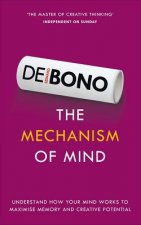
Mechanism of Mind
356 Kč -

International, Regional and National Environmental Law
12136 Kč -

Wives Who Have Affairs Book II
557 Kč -

Nobody Ever Told Me (Or My Mother) That!
614 Kč -

Kolyma Tales
356 Kč -

Magical Herbalism
342 Kč -
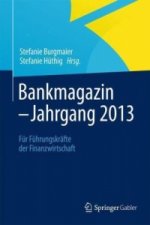
Bankmagazin - Jahrgang 2013
2478 Kč -

Krtek - Sada kuliček, mix 6ks
77 Kč -
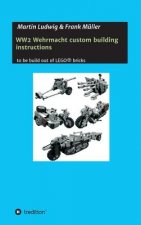
WW2 Wehrmacht custom building instructions
1026 Kč
Dárkový poukaz: Radost zaručena
- Darujte poukaz v libovolné hodnotě a my se postaráme o zbytek.
- Poukaz se vztahuje na celou naši nabídku.
- Elektronický poukaz vytisknete z e-mailu a můžete ihned darovat.
- Platnost poukazu je 12 měsíců od data vystavení.
Více informací o knize Electronic Numerical Integrator and Computer (ENIAC) ENIAC Technical Manual
Nákupem získáte 96 bodů
 Anotace knihy
Anotace knihy
Created in 1946 as part of a 1,000 page Report on the Electronic Numerical Integrator and Computer (ENIAC), this ENIAC Technical Manual provides a fascinating glimpse into the technology behind the world's first electronic, general-purpose computer. Designed and built during WWII at the University of Pennsylvania, ENIAC was conceived by John Mauchly and J. Presper Eckert. It was financed by the Ordnance Department of the U.S. Army. The Army's intent was to use it to calculate artillery firing tables but ENIAC's digital, Turing-complete design meant that it could solve a wide range of problems. Eventually it was even used to compute data for the design of the hydrogen bomb. ENIAC represented a remarkable advance in technology. Its speed was 1000x faster than the electro-mechanical machines that preceded it, and it relied on no moving parts to produce calculations. Famously, the ENIAC contained almost 17,500 vacuum tubes, 7,200 crystal diodes, 1,500 relays, 70,000 resistors and 10,000 capacitors, and took up nearly 1800 square feet while consuming 150 kW of power. While vacuum tube technology was not the most reliable owing to frequent burn-outs, the ENIAC operated roughly 50% of the time it was in service. ENIAC was composed of individual panels that performed different functions, with numbers passed between the units by buses. It could be programmed to perform a variety of now-familiar operations including loops, branches and subroutines, and could hold a ten-digit decimal number in memory. It even had the ability to branch - triggering different operations depending on the sign of a computed result - and could print results to an IBM punch card. Programming the ENIAC was not easy and often took weeks of work, some of it spent mapping out the problem and much of it spent settingup the computer's numerous switches and cables. That task fell to several female programmers including the author of this book, Adele K. Goldstine. Created by the University of Pennsylvania in fulfillment of their contract, this ENIAC Technical Manual was originally restricted, and its publication limited to just 25 copies. Within its pages you'll find a complete explanation of the circuits of the machine. This text provides a unique and fascinating look into ENIAC, and is a must have for any student of computing theory and history. Please note: this book was made from an original mimeograph copy of the master typescript manuscript prepared in 1946. As a result some pages lack legibility.
 Parametry knihy
Parametry knihy
Zařazení knihy Knihy v angličtině Computing & information technology Information technology: general issues
963 Kč
- Plný název: Electronic Numerical Integrator and Computer (ENIAC) ENIAC Technical Manual
- Autor: Adele K Goldstine
- Jazyk:
 Angličtina
Angličtina - Vazba: Brožovaná
- Počet stran: 472
- EAN: 9781937684662
- ISBN: 9781937684662
- ID: 08886383
- Nakladatelství: Periscope Film LLC
- Hmotnost: 920 g
- Rozměry: 254 × 203 × 25 mm
- Datum vydání: 21. November 2012
Oblíbené z jiného soudku
-
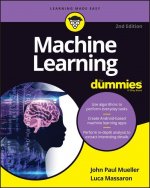
Machine Learning For Dummies, 2nd Edition
641 Kč -

Founders at Work
755 Kč -

Playful Production Process
1327 Kč -

Elements of Computing Systems
1480 Kč -
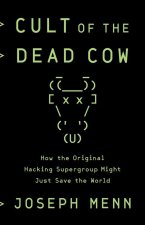
Cult of the Dead Cow
410 Kč -
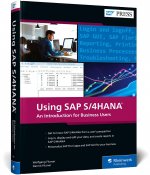
Using SAP S/4HANA
731 Kč -
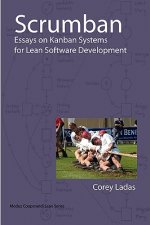
Scrumban - Essays on Kanban Systems for Lean Software Development
606 Kč -

Mastering the Art of Unreal Engine 4 - Blueprints
474 Kč -

Scrum and Xp from the Trenches - 2nd Edition
664 Kč -
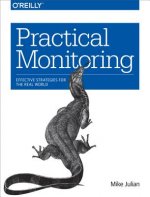
Practical Monitoring
616 Kč -

Fundamentals of Machine Learning for Predictive Data Analytics
2278 Kč -
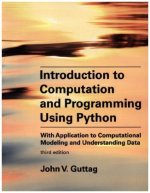
Introduction to Computation and Programming Using Python, third edition
2137 Kč -
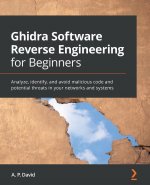
Ghidra Software Reverse Engineering for Beginners
1097 Kč -

Heads-Up Online Poker Excellence Guide
324 Kč -

Back into the Storm
718 Kč -

Rebooting AI
410 Kč -

IT Support Handbook
1172 Kč -
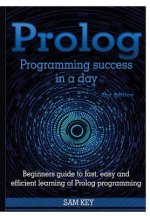
Prolog Programming Success in A Day
914 Kč -

ITIL Foundation Essentials
445 Kč -
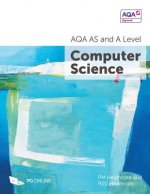
AQA AS and A Level Computer Science
1255 Kč -
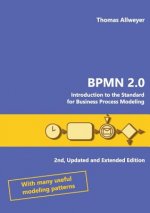
Bpmn 2.0
752 Kč -

Technology Made Simple for the Technical Recruiter, Second Edition
423 Kč -
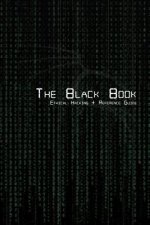
Black Book Ethical Hacking + Reference Book
886 Kč -

Information Technology
675 Kč -
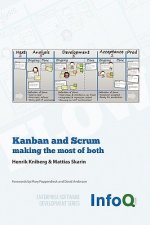
Kanban and Scrum - Making the Most of Both
691 Kč -

Debian Administrator's Handbook, Debian Jessie from Discovery to Mastery
1569 Kč -
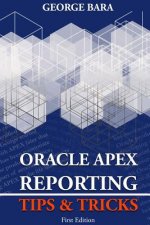
Oracle APEX Reporting Tips & Tricks
890 Kč -

Selenium Testing Tools Cookbook -
1255 Kč -

Citrix XenDesktop & XenApp 7.7/7.8
2476 Kč -

International Journal for Digital Art History
892 Kč -

Guide How To Install Windows Xp Sp3 For Beginner (Edition 2018)
272 Kč -

IBM Lotus Quickr 8.5 for Domino Administration
1122 Kč -
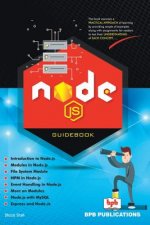
Node .Js
809 Kč -
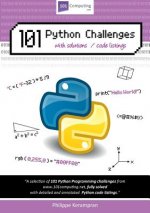
101 Python Challenges with Solutions / Code Listings
730 Kč -
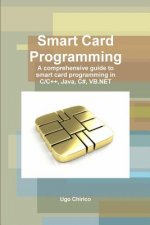
Smart Card Programming
1085 Kč -
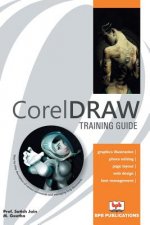
Coreldraw Training Guide
780 Kč -
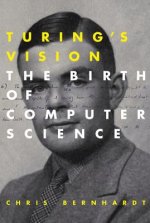
Turing's Vision
552 Kč -

Undisturbed Rest: a Guide to Designing the Perfect API
691 Kč -

Ready-Made Visual FoxPro Applications for File Maintenance
451 Kč -

IT Project Management
500 Kč -
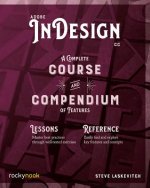
Adobe InDesign CC
1008 Kč -

Getting Value Out of Agile Retrospectives - A Toolbox of Retrospective Exercises
402 Kč -

Prestashop 1.6 User Guide
1009 Kč -

NVivo 12 Essentials
1533 Kč -
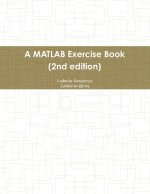
MATLAB Exercise Book (2nd edition)
1188 Kč -

Information Technology: An Introduction
4002 Kč -

Advanced Platform Development with Kubernetes
1663 Kč -

Wikipedia @ 20
795 Kč -

Analysis of the Success Factors in Implementing an Itil-Based It Change and Release Management Application
1931 Kč
Osobní odběr Praha, Brno a 12903 dalších
Copyright ©2008-24 nejlevnejsi-knihy.cz Všechna práva vyhrazenaSoukromíCookies



 Vrácení do měsíce
Vrácení do měsíce 571 999 099 (8-15.30h)
571 999 099 (8-15.30h)